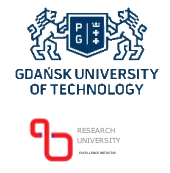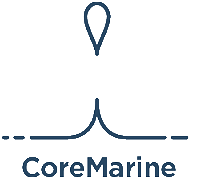"A Floating Dock Digital Twin towards Efficient, Safer and Autonomous Docking Operations" project objectives:
The overall strategic objective of the DigiFloDock project is to improve the automation, efficiency and safety of the floating docking operations by developing a digital twin solution, which can predict, identify and prevent dangerous situations during an autonomous docking process. The digital twin solution will combine a developed numerical program with physical measurement data acquired from sensors. The numerical program includes both stability analysis and strength calculation which interact with each other and can be performed simultaneously. Situations when the critical responses are close to the allowable limits of the strength and/or stability should be immediately predicted and identified, so that preventive actions can be taken before the situations get worse. Reliable and accurate simulations are the foundations for the real-life docking process automation to reduce human errors.
From the scientific point of view, the objective is to develop a versatile and accurate mathematical model of the floating dock and vessel interactions during the lifting and lowering of the docking processes. The model must enable at least two levels of analysis: simplified and detailed analysis. The simplified level will be applicable when only given the weight and the mass centre of the vessel. In such case, some approximation in the shape of the hull and mass distribution need to be used. It will be either chosen by the user or proposed by the program. The detailed level will be used when the shape and mass distribution of the vessel are known. In both cases the uncertainty of the results should be assessed. From technical point of view, the following challenges exist: • accurate monitoring of the status of the floating dock, including draught, trim, roll, tank levels, stress and strain in the crucial structural elements, • accurate identification of loads from the vessel, • achieving computational efficiency to allow real-time simulations, • accurate control the pumps and the valve systems of the floating dock in the scaled model tests. Based on the capability and experiences from the consortium, the above challenges will be tackled in a collaborative way.
The total cost of the project is PLN 6 290 558.75 including the value of co-financing PLN 6 032 577.00 paid with a division into:
- 85% of the funding amount from the Norway Grants, which is PLN 5 127 690.45
- 15% of the funding amount from the resources of a designated subsidy state budget, which is PLN 904 886.55
Project implementation period: since February 1st, 2021 until February 1st, 2024 (36 months)
Project Partners:
Gdańsk University of Technology
University of Stavanger
Core Marine AS
Myklebust Verft AS
 Polski
Polski
 English
English






